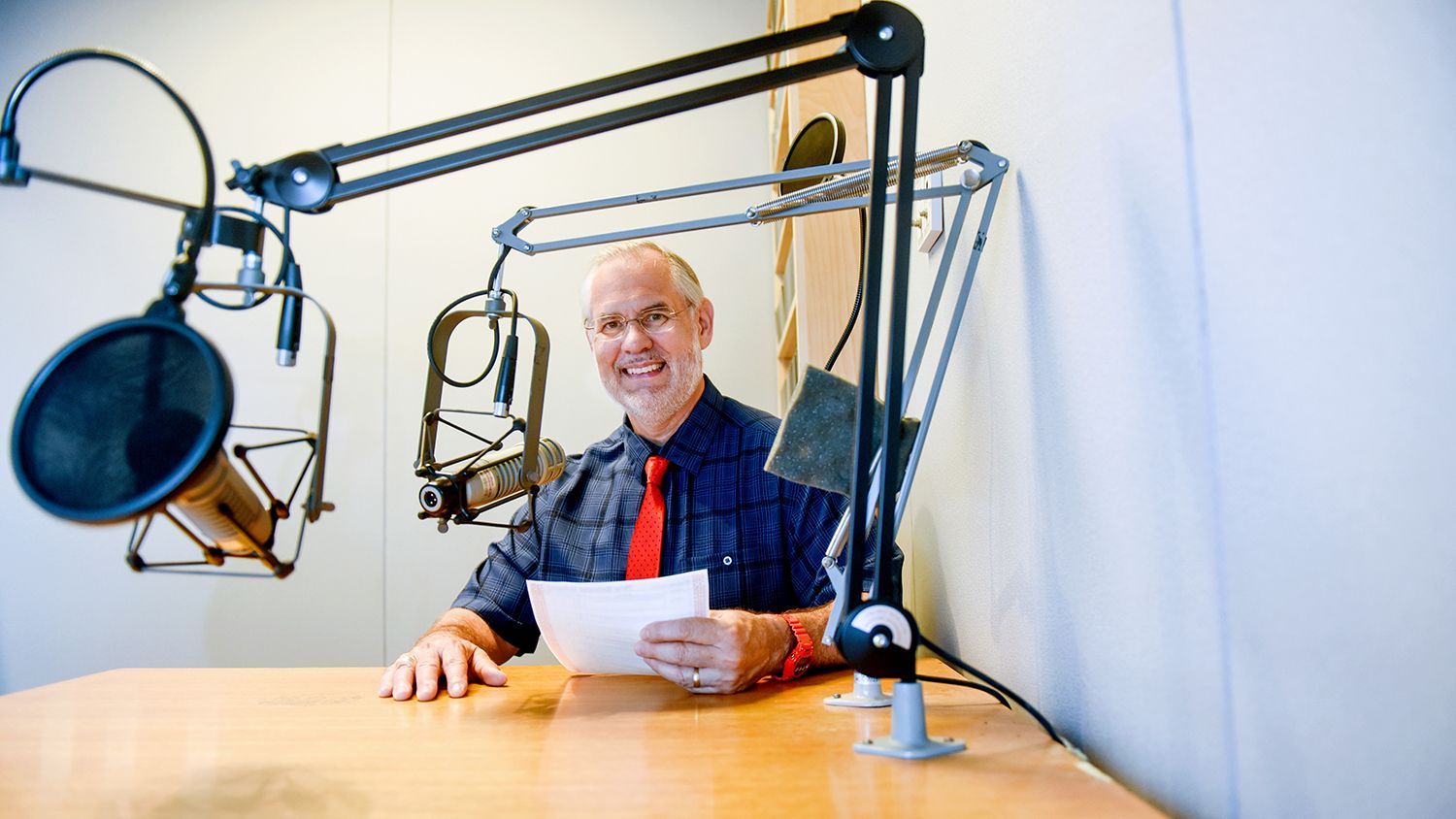Measuring inflation
The rise in prices that economists call “inflation” affects everyone, says host Mary Walden. Recent government reports suggest inflation is tame, averaging between 1 percent and 2 percent annually. But there are critics who say the government mismeasures inflation. She asks her husband, N.C. State University economist Mike Walden, “Are their complaints valid?”
Mike Walden: “Well there are a lot of issues here, Mary. First of all, we have to remember that when the government issues an inflation report, they’re talking about inflation for the average household, because this is based on the buying patterns of the average household. And if your household’s buying patterns differ from the average, then you can have a much different inflation rate, either higher or lower.
“Also the government faces two big challenges in measuring inflation: One is keeping up with changes in buying patterns. Now, the government does do an annual survey, separate survey, of where people are buying, what they are buying. It takes time to incorporate that. So, if the government’s numbers are lagging in terms of what we buy and where we buy, that can affect the perception of what the inflation rate is.
“The other problem is taking account of changes in product quality. For example, cars today have many more gadgets, air-conditioning, power steering, etc., than cars in the 1950s when I got my first car. So, you wouldn’t want to count a price increase that’s for those, the gadgets if you will. And so the government does go through a process to try to adjust the prices of products that have had quality changes.
“Now there is one unfair criticism I would say of the inflation rate the government produces. Many say that this is a false inflation rate because it does not include food and fuel. Actually, there is a measure of inflation the government puts out that includes food and fuel. But the main inflation rate — the one that we hear quoted — does include the prices of food and fuel.”
- Categories:

